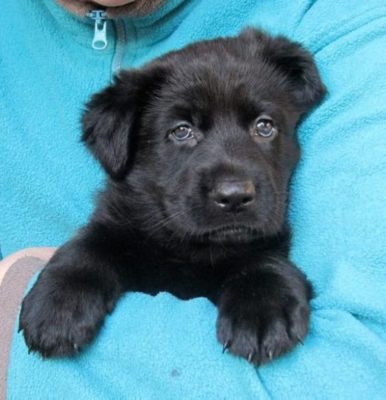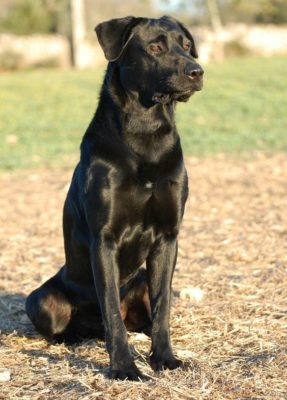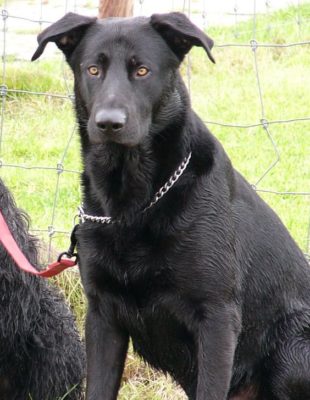Majorca Shepherd Dog
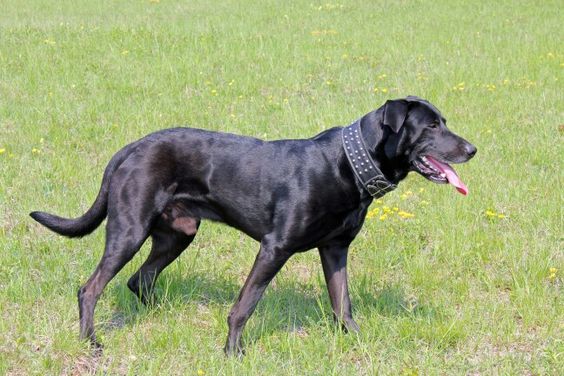
The dog has no attraction to the pack. It is used to working and living alone. If the owner decides to get a second pet, there may be conflicts between them. The initiator of which will be the Majorca Shepherd Dog. Even though the animal does not tend to live in a pack, its love for its owner is boundless.
Table of Contents
Breed Information
| Another Name | Majorca Sheepdog |
| Origin | Majorca (Balearic Islands, Spain) |
| Height | Males 51-61 cm Females 46-58 cm |
| Weight | Males 35-40 kg Females 32-38 kg |
| Fur | Short, thick |
| Color | Black |
| Lifespan | 12-14 years |
| FCI Classification | Sheepdogs and Cattledogs (except Swiss Cattledogs) |
| Group | Service dog, guard dog |
| Price | $700 |
Breed Photos
Origin History
This is a very ancient breed of dog. The animal appeared almost four centuries ago in Spain. The animal used to serve as a guard. A few years later, breeders began to use the Major sheepdog for herding cattle and horny thinness.
A few decades later, the dog came to the farmers. They endowed it with qualities such as confidence and independence.
Appearance
The Majorca Shepherd Dog is of medium height, relatively tall. It has a strong skeleton, but at the same time, is graceful. The dog reaches 61 cm at the withers and weighs up to 40 kg. Females are noticeably shorter than males. The animal has a thick, smooth, short coat. Dogs are usually black.
Character
The dog has no attraction to the pack. It is used to working and living alone. If the owner decides to get a second pet, there may be conflicts between them. The initiator of which will be the Majorca Shepherd Dog.
Even though the animal does not tend to live in a pack, its love for its owner is boundless. The dog is also very loyal to all family members. If you have a Majorca Shepherd Dog, you do not need to worry about your safety. The dog will pounce on an opponent or aggressor without a second thought or fear.
Because of the aversion to other animals and strangers, the owner needs to adhere to a mandatory parenting rule. This is socialization.
Inexperienced owners will have a hard time with the dog. The Majorca Shepherd Dog is dominant by nature. If she realizes that you don’t have power over her, it will be wrong. Disobedience and property damage will follow.
Care
The Majorca Shepherd Dog has a short, thick coat. These dogs do not need to be washed whole after every walk. There is a particular enzyme in the animal’s skin, which has a protective function. Accordingly, another bath can lead to dry skin and itching.
The animal should still be brushed from time to time. This way, the hair will fall off less. Keep your pet’s ears clean. The Majorca Shepherd Dog has long ears. When the owner washes the pet, you need to make sure that water does not get into the ears in large quantities. This can be detrimental to the dog. We don’t want infection and inflammation.
Training
Before getting a dog of this breed, owners should always weigh the pros and cons. Decide why you want this particular breed. If you decide, then you need to go to a cynologist or spend a lot of time on the puppy’s education.
During training, do not physically punish your dog. Use a form of play. It would help if you were very good at controlling the manner of behavior – guarding. Show the dog what you can and cannot do. Keep in mind that this character trait will always be inherent in the dog. If not properly trained, there may be problems with neighbors and animals.
Common Diseases
The Majorca Shepherd Dog is a dog with good health. Nevertheless, it tends to some diseases. This is due to the size of the dog.
All large breeds of dogs are characterized by hip dysplasia, stomach twist. Also, with age, musculoskeletal problems may occur.
Nutrition
Whether to feed your dog dry food or by-products is the owner’s choice. It is more comfortable with food because it has all the necessary substances to develop a healthy dog. When the owner chooses natural foods as his food, he needs to watch the meat’s quality.
It is necessary to make sure that the Majorca Shepherd Dog has constant access to water. As opposed to food.
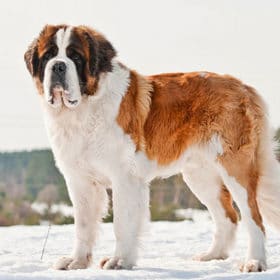 St. Bernard
St. Bernard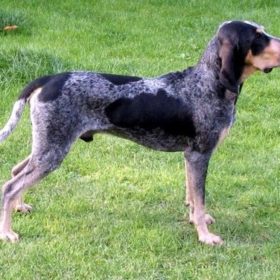 Grand Bleu de Gascogne
Grand Bleu de Gascogne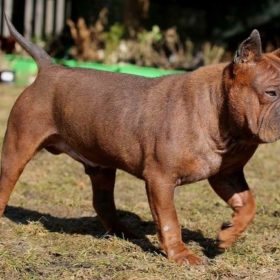 Chinese Chongqing Dog
Chinese Chongqing Dog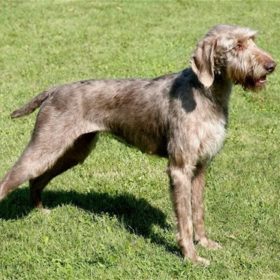 Slovak Rough-haired Pointer
Slovak Rough-haired Pointer Smaland Hound
Smaland Hound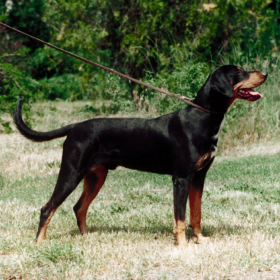 Transylvanian Hound
Transylvanian Hound